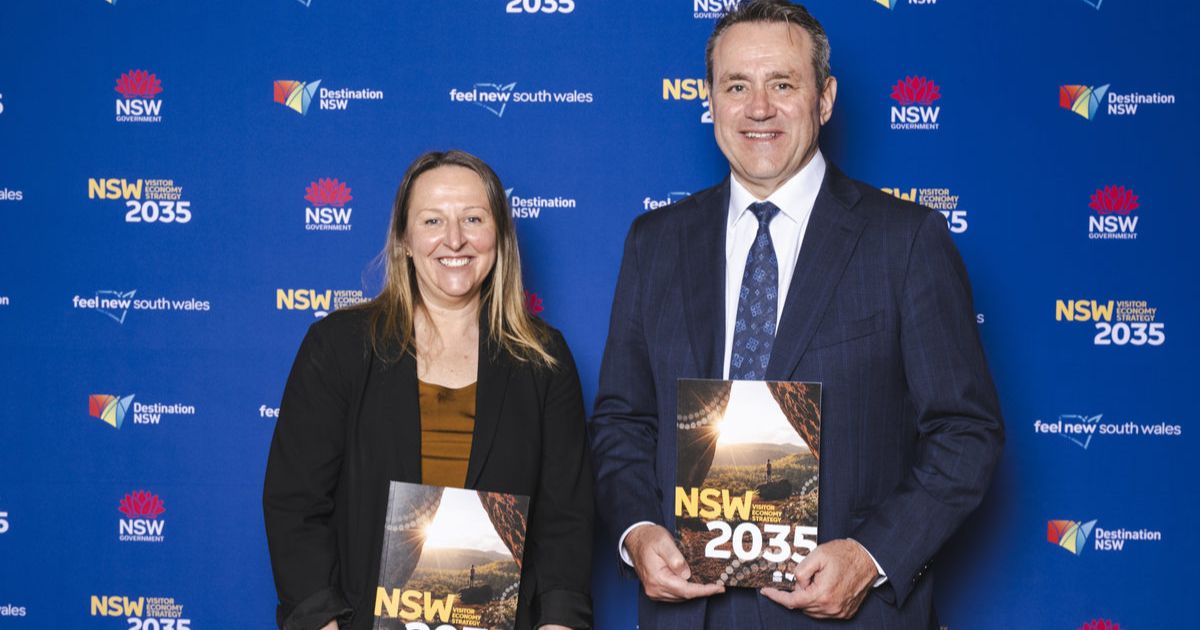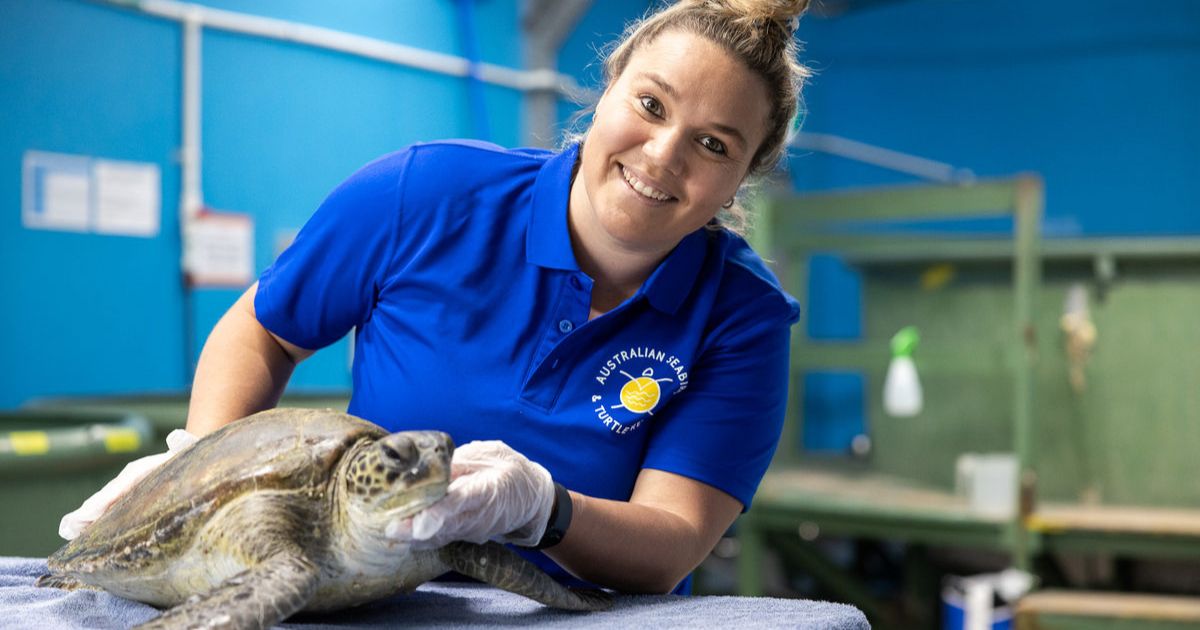NSW unveils $91b tourism growth plan

Destination NSW chief executive Karen Jones with NSW Minister for Jobs and Tourism Steve Kamper at the launch of the Visitor Economy Strategy 2035. Photo: SUPPLIED
THE state government has set a target to lift annual visitor spending in New South Wales to $91 billion by 2035.
The NSW Visitor Economy Strategy 2035, released on August 27, outlines plans to create 150,000 jobs, secure 8.5 million additional airline seats and deliver more than 40,000 hotel rooms across the state.
Premier Chris Minns said the strategy was designed to ensure NSW remained competitive on the global stage.
“NSW is home to some of the world’s most vibrant destinations, experiences and events, but we can’t afford to stand still,” he said.
“This Strategy charts a bold path to more jobs, stronger communities and a thriving visitor economy that benefits the people of NSW.”
The government has committed to a staged growth path, with goals of $59 billion in annual expenditure by 2026 and $71 billion by 2030.
Jobs and tourism minister Steve Kamper said growth in aviation capacity and investment was central to the plan.
“If we want to grow our visitor economy, we need to grow our capacity and we need to attract investment,” he said.
“This strategy will help us unlock opportunities and partner with the private sector to deliver an additional 8.5 million aviation seats, 40,400 new accommodation rooms and 150,000 new jobs.”
Early initiatives include the $12.5 million NSW Take Off Fund and the $16 million Western Sydney International Take-Off Fund to attract more flights, as well as a new Sydney marketing campaign.
Other measures include extended trading hours, more major events, and new partnerships to use consumer data for tourism planning.
Destination NSW will lead the delivery of the strategy, which was developed after consultation with more than 500 stakeholders.
Industry groups welcomed the plan. Tourism and Transport Forum chief executive Margy Osmond said collaboration would be essential.
“We must now work together to achieve these goals,” she said.
“Collaboration between government and industry will be key to realising the enormous benefits for businesses and communities alike.”


















